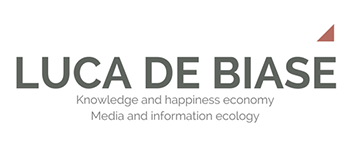There is no best time for a monetary easing than a low inflation – or almost deflation – context. But “quantitative easing” is not the only solution. Which is good since buying national bonds with new digital money issued by the Central Bank seems to be an unconvincing solution. There could be a different way?
Quantitative easing effects are not easy to asses. The matter has generated important and controversial studies. One problem is about the real impact that a quantitative effect has on growth: by lowering real interest rates it should positively impact investments, but there is no guarantee that it works this way; on the other hand, it generates some kind of expectation about the Central Bank’s will to fight deflation while creating some concerns about governments’ will to fight for structural reforms.
But why should a Central Bank limit its choices only to buying or not buying any kind of national bonds? Why not trying to influence national policies by declaring the will to buy only a special quality of bonds? This approach could be called “qualitative easing”.
Here is just an example. The “qualitative easing” could be designed in such a way that gives money to the economy while still managing to avoid lesser attention to structural reforms. It could be done by the Central Bank buying not just any debt: the Central Bank could buy new bond only aimed at completing important infrastructural projects to be implemented through a transparent process. Italy, for example, badly needs a new digital infrastructure; it has hundreds of important investments to do in roads, railroads, airports and ports; it has to invest in its environment, which has been impoverished by decades of wild building and of industrial sites abandoned. Investing in such things could start a cicle of growth, but there is no money to do it. Qualitative easing could be a way to look differently at this problem: fighting deflation while investing in growth at the same time. Moreover: if one takes into account the idea that reforming the public administration is a very much needed structural reform in a country like Italy and that this could be done by investing in a modern and transparent digital platform for citizens dealing with public burocracy, then the country could issue special bonds only to finance this digitalization and the Central Bank could buy them. And the process could be internationally monitored in such a way to limit corruption and mismanagement.
In other words, qualitative easing could have the same impact as the quantitative easing but with a twist: it would have both a monetary effect and a growth effect.
In Europe, a quite good monetary policy is not matched by a fiscal policy. But qualitative easing could be a sort of proxy of a good fiscal policy for growth, and a very effective one.




Commenti